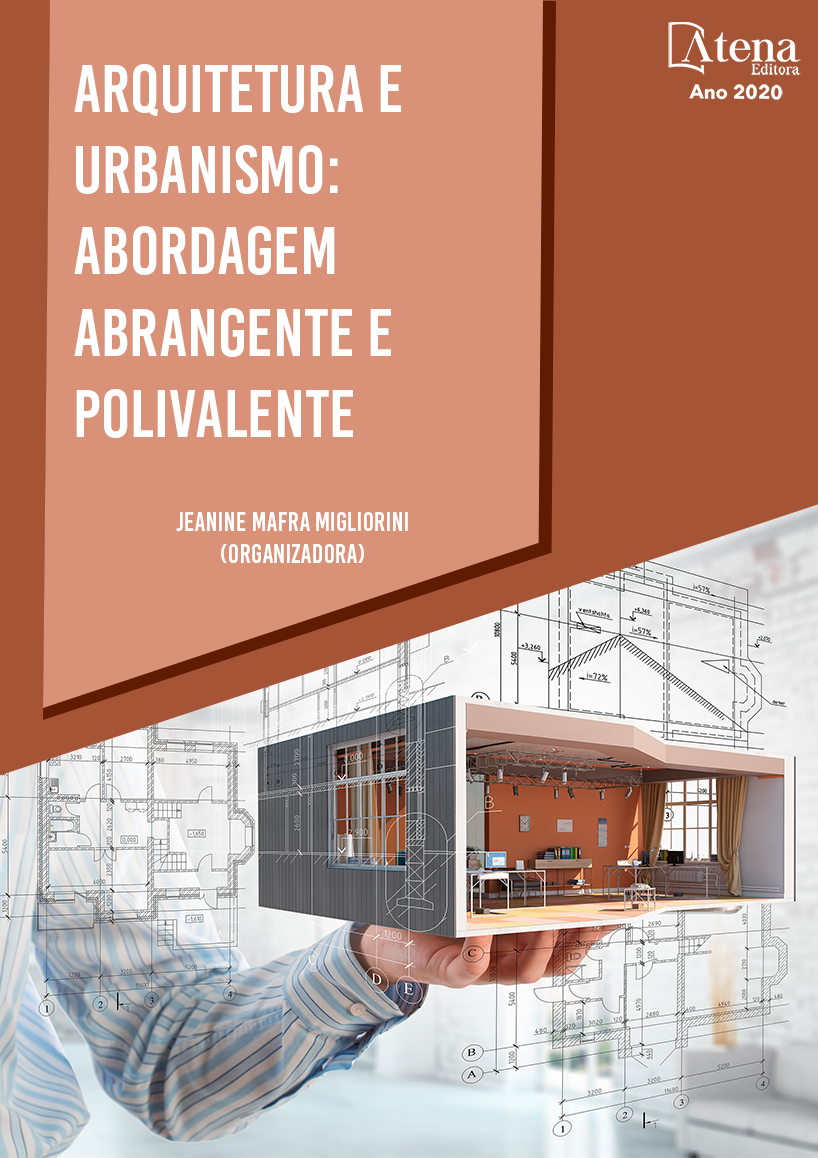
A APLICAÇÃO DO BAMBU NA ARQUITETURA CONTEMPORÂNEA E O RESGATE DO VERNACULAR
A relevância da pesquisa se deve ao estudo das técnicas
vernaculares com bambu e como podem contribuir para ampliar o repertorio dos
estudantes e profissionais de arquitetura. Além de valorizar o desenvolvimento
de projetos mais sustentáveis com o uso de materiais naturais e aumentar os
rebatimentos nas comunidades tradicionais. O bambu é considerado um material
sustentável devido suas características naturais como a alta resistência paralela
a fibra e incorporação de CO2, entretanto sofre com as intempéries, portanto o
projeto de arquitetura é determinante para sua conservação. Como método foi
realizado a análise dos estudos de caso e experimentos físicos sob o viés das
técnicas construtivas em bambu, adotada pelos projetos do Centro Cultural Max
Feffer de Leiko Motomura e Modern Education Training School da arquiteta Anna
Heringer. Devido ao reconhecimento dessas obras como edifícios sustentáveis,
é possível dizer que ambos os edifícios possuem paralelos entre a cultural e as
técnicas construtivas com rebatimentos no desenvolvimento social das
comunidades, bem como ambas valorizam o conforto ambiental dos seus
usuários aplicando técnicas bioclimáticas. Apesar de características
semelhantes de partido, as técnicas construtivas são singulares, destaca-se no
trabalho de Heringer a aproximação da construção com a tradição local como as
amarrações com corda e a composição de pórticos retos em colmos, em
contraponto no trabalho de Motomura é adotado uma estrutura complexa com
articulações metálicas e espaçadores para formar a curva da cobertura.
A APLICAÇÃO DO BAMBU NA ARQUITETURA CONTEMPORÂNEA E O RESGATE DO VERNACULAR
-
DOI: 10.22533/at.ed.95420220712
-
Palavras-chave: Bambu, Técnica Construtiva, Arquitetura Vernacular
-
Keywords: Bamboo, Constructive technique, Vernacular Architecture
-
Abstract:
The relevance of this research is due to the study of vernacular
techniques with bamboo and how they can contribute to broaden the repertoire
of students and architecture professionals. The relevance of the research is due
to the study of vernacular techniques with bamboo and how they can contribute
to broaden the repertoire of students and architecture professionals. In addition,
enhancing the development of more sustainable projects using natural materials
and increasing the impact on traditional communities. Bamboo is considered a
sustainable material due to its natural characteristics such as high parallel
resistance to fiber and incorporation of CO2, however it suffers from the weather,
so the architectural design is crucial for its conservation. The method used was
the analysis of case studies and physical experiments under the constructive
techniques with bamboo, adopted by the designs of the Centro Cultural Max
Feffer by Leiko Motomura and Modern Education Training School by architect
Anna Heringer. Due to the recognition of these works as sustainable buildings, it
is possible to say that both buildings have parallels between the cultural and the
constructive techniques with impacts on the social development of the
communities, and both value the environmental comfort of its users by applying
bioclimatic techniques. Despite similar party characteristics, the construction
techniques are unique, Heringer's work emphasizes the approach of the
construction to the local tradition such as rope moorings and the composition of
straight thatched gantries, in contrast to Motomura's work. a complex structure
with metal joints and spacers to form the roof curve.
-
Número de páginas: 15
- Celia Regina Moretti Meirelles
- Beatriz Ueda


